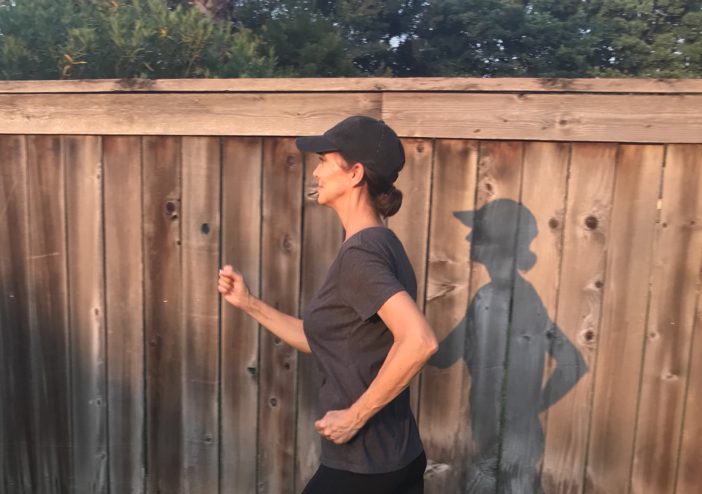Benefits for the brain
Have you ever heard the saying, “What’s good for the heart is good for the brain”? Well, it's true, especially when it comes to exercise. Physical activity, especially steady-state cardio and high-intensity interval training (HIIT), enhances blood flow and circulation. It improves the delivery of oxygen and nutrients to your brain, and it slows down the buildup of plaque in your arteries. And as we get older, our blood flow to the brain naturally slows down, so exercise becomes even more important.
Exercise is a must for those focused on the prevention of Alzheimer’s. A UCLA study produced some incredible results showing that exercise lowers the risk of developing Alzheimer’s disease. Those who were physically active on a regular basis had lower levels of tangles and plaques on the PET scans.
Physical activity can help with memory
One of the more prominent, but less talked about topics, is the improvement of memory performance after exercising. Dr. Lisa Mosconi comments in her book, Brain Food, “Studies have shown that physical activity stimulates memory formation, increases our neurons’ ability to recover from injury, and is beneficial to the formation of new brain cells. The more you work out, the more your brain produces a protein called brain-derived neurotrophic factor (BDNF), which plays a key role in growing memory-forming neurons.”
I’ve tested my own memory after partaking in different exercises. For example, when I participate in cardio, such as my power walk/jogging combination, my memory as a whole is very sharp and alert. I tend to check off my to-do lists considerably faster than if I didn’t exercise.
Exercise makes us feel good
Exercise is also a natural antidepressant. We tend to feel more relaxed and in a better mood after we exercise. Exercise is known to pump up our endorphins which increases production of serotonin (a neurotransmitter in the body that helps regulate mood). You've surely heard of the famous “jogger’s high”. It’s a natural high that makes the jogger feel like they took a "happy pill,” but is solely created just by moving their bodies. It promotes pain relief, relaxation, and even euphoria producing an overall sense of well-being.
Keep moving!
A sedentary life makes our brains age faster. In general, “sedentary” refers to people who participate in sports or leisurely activities less than once a week or not at all. If you’re spending more time horizontal (seated) than vertical, then it’s time to get up! A growing body of research shows that the human brain loves being outdoors. Outdoor exercise, even something only moderately challenging like a long walk in the park, has a soothing effect on the mind and has the power to improve one’s mental health. Other simple brain-boosting exercises that we can participate in are walking stairs instead of elevators, cleaning our homes, going for walks in the park, and gardening.
Find a routine that works for you
Experts recommend two hours a week of vigorous exercise in combination with an active daily lifestyle. I personally like to start my mornings with yoga or simple stretching. Most every evening my husband Joe and I take a brisk walk/jog after dinner, and two or three times a week I have a routine with free weights. This routine works well for me, but I encourage you to find types of exercise you enjoy or even just small ways to add movement to your day.
If you’re thinking to yourself, “Well, I’ve never exercised. How do I even get started?” I'm here to encourage you that it is never too late. Clinical trials show that the mere act of walking can slow down brain shrinkage in just one year’s time. That’s regardless of whether the participants are used to walking or not. MRI scans demonstrated that simple exercise regimens have incredible effect on the brain.
You owe it to yourself and your loved ones to care for your body and your brain through exercise. You CAN do it!! Start Today!

Leave a Reply